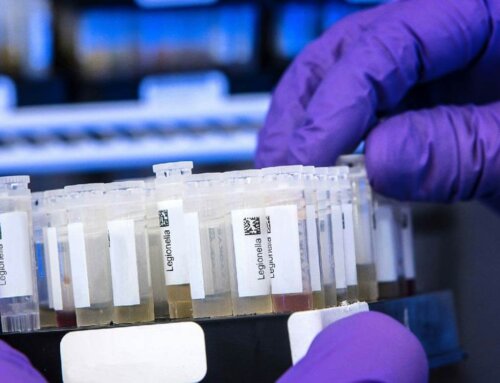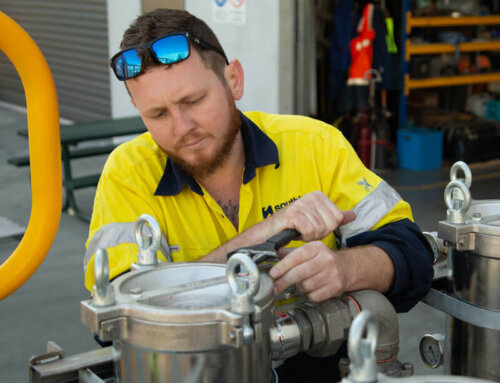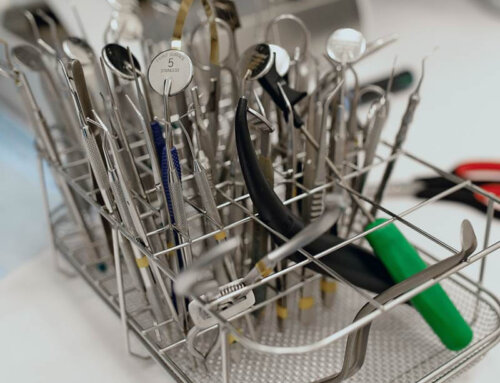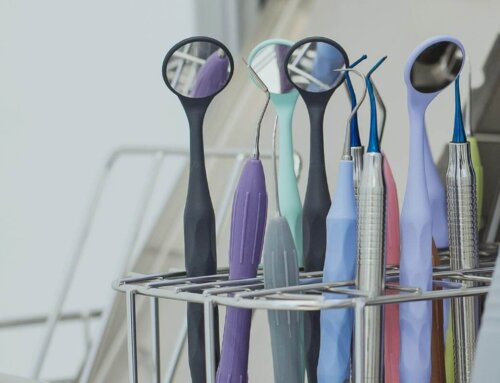Date: 28/03/2024
Read Time: 2-3 minutes
Author:Dr Surani McCaw, B.E. (Chemical), Ph. D.
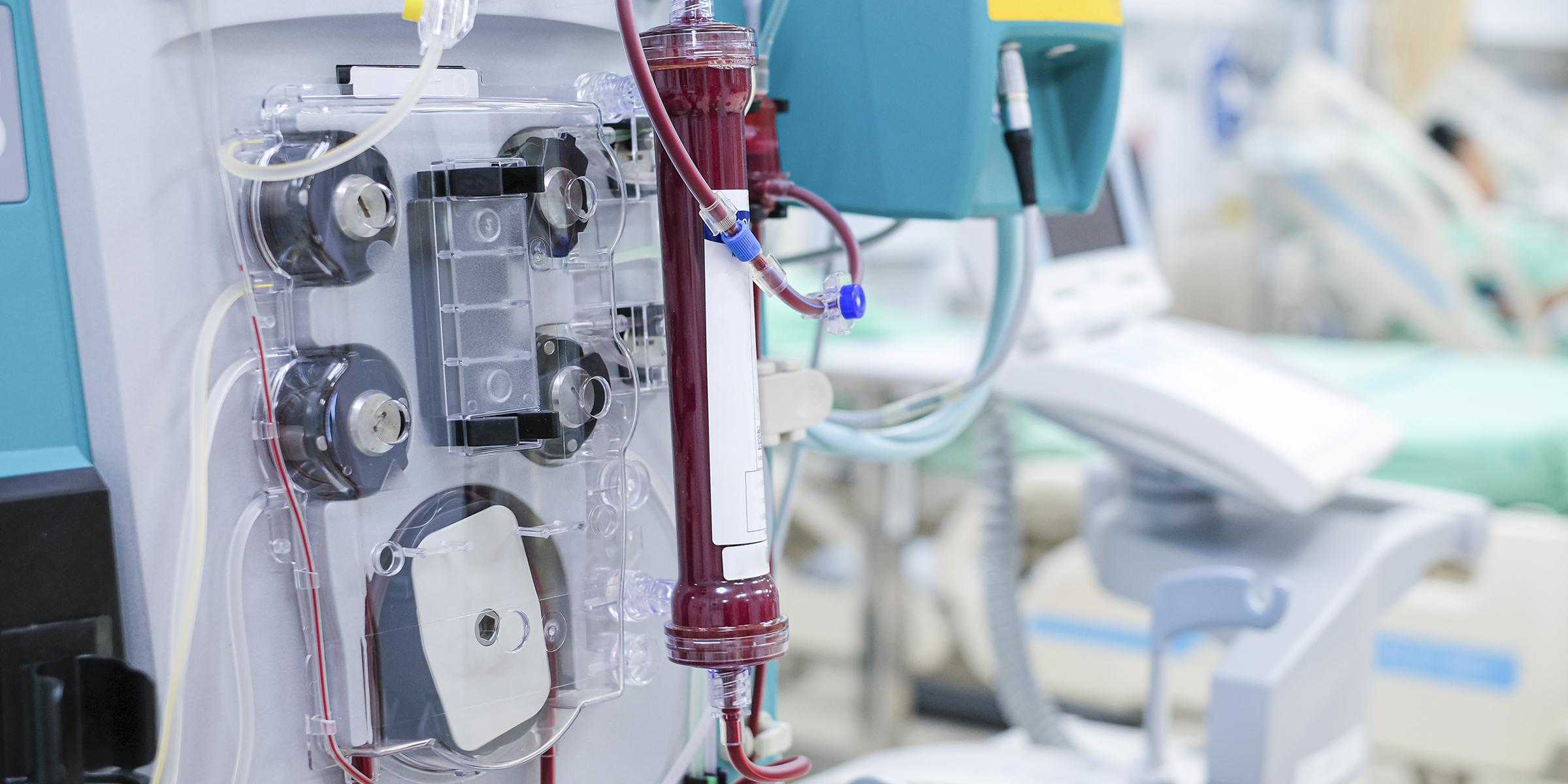
Key points:
- Implement demand-based control and water recycling solutions to significantly reduce water and energy consumption, thereby mitigating the environmental impact of dialysis.
- The Herco HP5500D series is a unique and efficient choice for dialysis facilities, offering proven results of up to 50% less water usage, reduced electricity consumption, and lower consumable costs.
Introduction
Dialysis, which is essential for patients with kidney failure, consumes significant amount of water and energy. According to the Australian Institution for Health and Welfare, in 2021, approximately 15,200 individuals received dialysis due to kidney failure. Dialysis requires water purified through a Reverse Osmosis (RO) process.
Water

During a hemodialysis session, based on the consumption of 800 ml/min and a session lasting 3 hours four times per week, each patient utilises more than 30,000 litres of RO water annually. Traditionally, 50 to 75% of this water is discharged to drain. However, innovative designs like the Southland/Herco HP5500D series Hemodialysis RO units substantially reduce this waste to only 10 to 25%.
This is achieved by demand-based control and water recycling mechanisms. The RO unit minimises wastage by monitoring and controlling the water conductivity in the integrated feed water tank. Moreover, in a dual-stage RO unit, instead of each stage having its own feed water tank, it incorporates a common single feed tank to control the feed water quality of each stage.
With this intelligent and unique process design, a maximum of 25% of water is wasted when all dialysis points are in use, and between 10 and 15% of water is wasted when only a fraction of dialysis points are in use. This means, unlike conventional renal RO unit design, less water is wasted during dialysis and during periods of low to no demand.
Electricity Consumption
Ensuring water meets ISO 23500 standards necessitates specific design considerations that are energy intensive:
1. Utilisation of the RO process which uses pressure between 700 and 6,000 kPa to separate contaminants.
2. Continuous circulation of RO water through a distribution loop at a minimum velocity of 0.9 m/s.
3. Adoption of chemical-free thermal disinfection of both the RO membranes and the distribution loop.
Due to the risk associated to patients with the use of chemical disinfectants, chemical-free thermal disinfection has now become the acceptable standard. Thermal disinfection is a process where water is heated to 80-90°C and held for a set period to achieve greater than 99.9% bacteria reduction.
With the implementation of advanced designs like the Southland Herco HP5500D series RO units, energy wastage can be managed. Southland Herco HP5500D series RO units utilise:
- Variable speed drive (VSD) pumps
The VSD pumps reduce energy consumption. Furthermore, the use of a common feed tank to feed both stages of the RO unit reduces the feed water conductivity and the water viscosity, further reducing the energy consumption.
- Rapid inline heaters
Using rapid inline heaters instead of storage tanks for the disinfection of both, the RO membranes and the ringmain, achieves the required temperatures more efficiently.
Adequately sized inline heaters to achieve an A0 value of 12,000 with only 20 minutes of temperature hold time, minimises energy wastage through faster thermal disinfection.
The Herco HP5500D series Renal RO units, compatible with dialysis machines from all leading manufacturers, have been successfully deployed in numerous dialysis facilities across Australia and internationally. These units have demonstrated a significant reduction in electricity consumption and water usage, up to 50% less than conventional Hemodialysis RO units, thanks to their demand-based control and water recycling features.
Moreover, less frequent replacement of RO membranes due to the conservative design of the Herco HP5500D series hemodialysis RO units, incorporating 4” RO membranes instead of the standard 8” ones, has resulted in lower consumable costs.
By integrating water and energy-efficient designs into RO units, the environmental impact of Hemodialysis can be significantly reduced. These advancements not only conserve resources but also enhance operational efficiency in healthcare settings.
Explore solutions with our team
Discover customised solutions for your RO systems and discuss how we can help you effortlessly build your water systems in healthcare.


